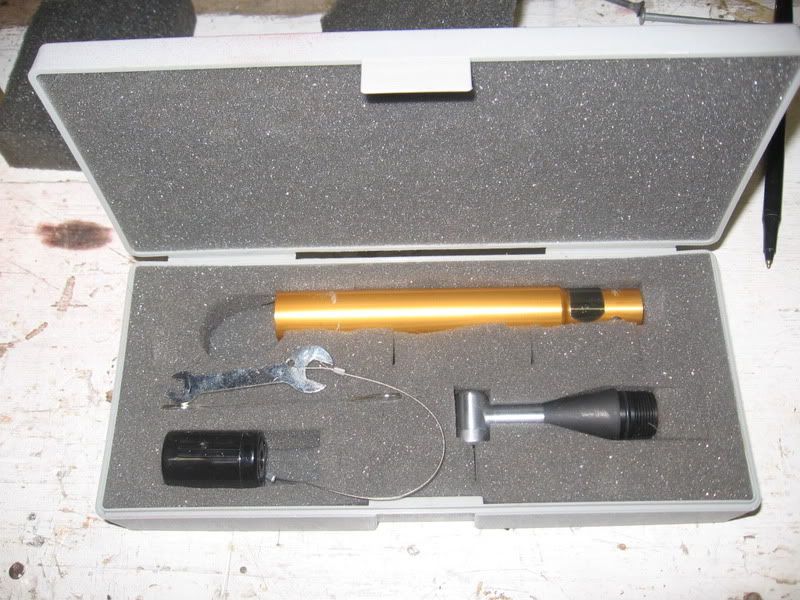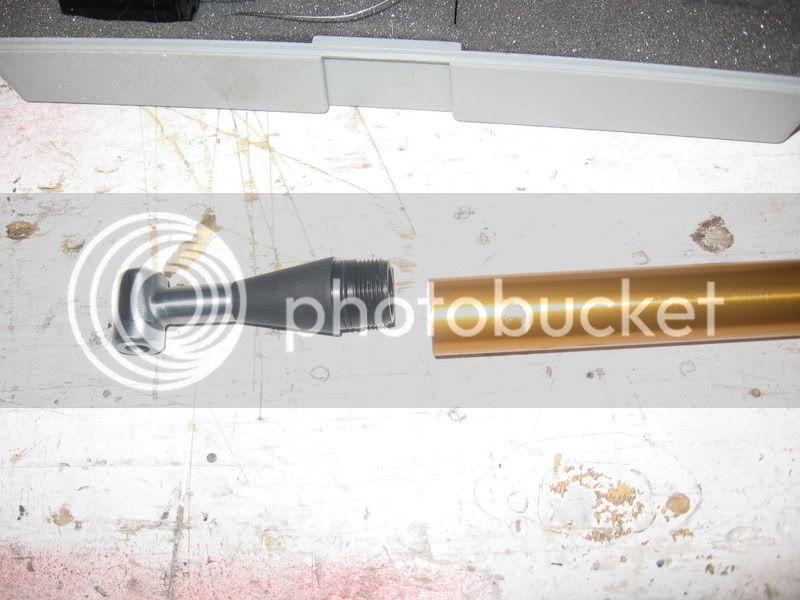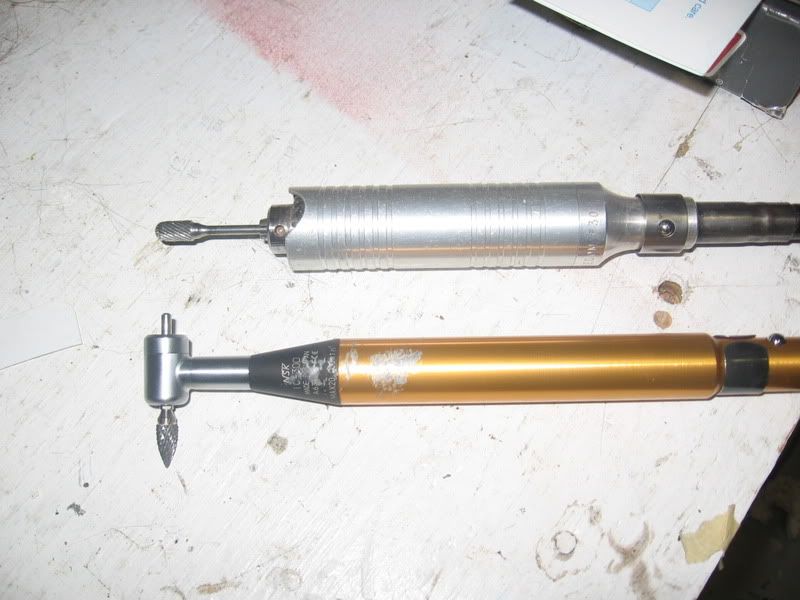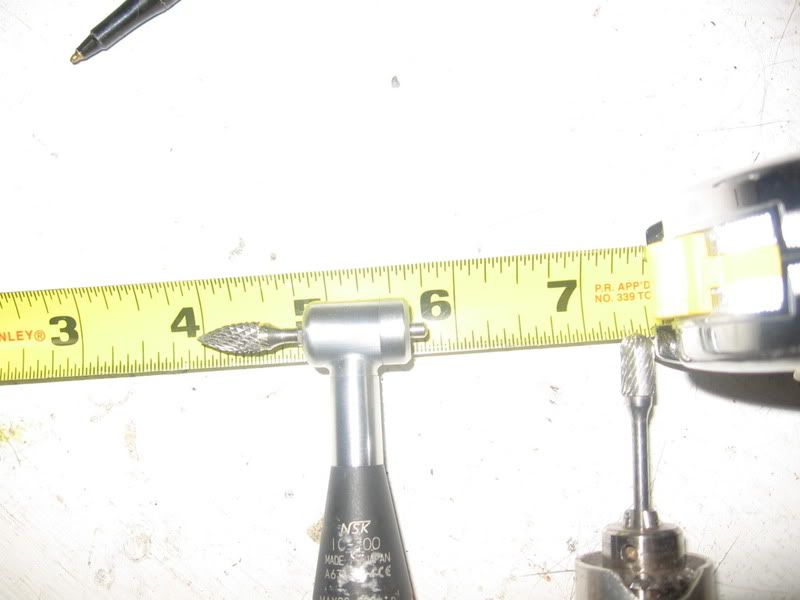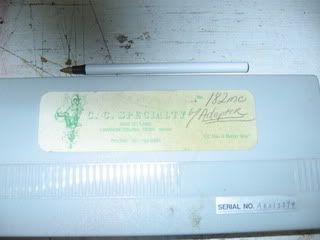Vise rebuild finished
I swung by a surplus/liquidation store today to check out what they had for cheap paint. They always have a bunch of random colors of name-brand stuff. I snagged a can of an interesting Dupli-Color blue automotive enamel for $3. It flowed and stuck to the primer really well, and dried very quickly too. I gave it two coats an hour apart, then let it sit for another hour and started assembling it.



It's not quite the "electric" blue it looks in the photos (especially the last one). It's a nice enough color though. I don't know how well this quickie paintjob will hold up, but for pity's sake, it's a vise that's going to get hammered on and showered with sparks anyway, so I'm not really worried about it. If it does crap out totally though, I can have this thing apart in less than 5 minutes now that all the rust and schmootz is gone, so re-doing it wouldn't be the end of the world. I know the paintjob looks really rough, but it's just the raw cast metal. The original enamel must have been 10 coats thick because it smoothed the surface out pretty well.
I'll let it sit for a few days to let the paint harden up as much as possible before I think of doing anything with it. Not quite sure where I'll put it; my existing workbench is far too high - the vise jaws would be near chest-high. One thing that could use improving is the mechanism for releasing the head's tilt. You have to loosen the two allen-head cap screws in the tail cap of the vise body, visible in the last picture right beside where the spindle exits the rear of the vise body. I'm going to look into getting or making some slide-lever screws, like the ones that release the base's swivel, just much smaller. I'm not sure there's adequate clearance from the spindle though, unless it was extended all the way out the front. It's just a PITA to have to keep an allen wrench handy. But overall, a small complaint as I'm sure it'll spend 90% of its time upright anyway.
It may just be a matter of opinion, but as far as the mounting base is concerned, what would you guys consider the "front"? It has three bolt holes, would you say the front is the "empty" side, or the one with the middle bolt hole? Personally I'd say the "empty" side, if only because it would allow the vice to be placed an inch or more closer to the edge of the bench.
I have to say I never thought it would clean up nearly this well. It was locked up solid as a brick when I picked it up. I can't find a manufacturer's mark or anything anywhere on it though - just a "69"(!) on the end of the main spindle. It operates really smoothly, and I haven't even oiled the threads yet. It's excellent as far as racking is concerned, too. I clamped a piece of 1/2" keystock at one extreme edge of the jaws at average strength, and it the jaw gap was about 1/64" less at the other edge. It was hard to measure really accurately on the textured jaws, but suffice it to say it's plenty good enough for me and is leagues beyond the vises I've been using.




























































